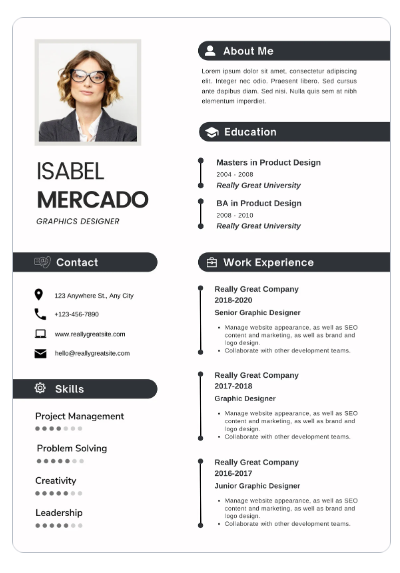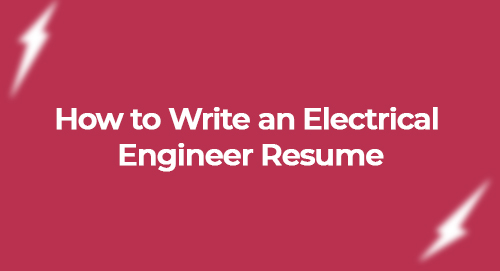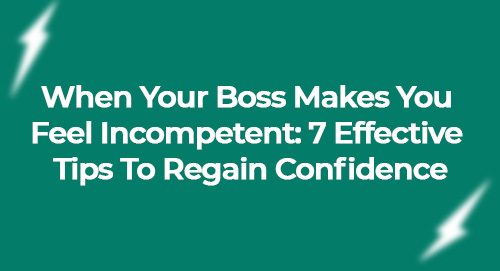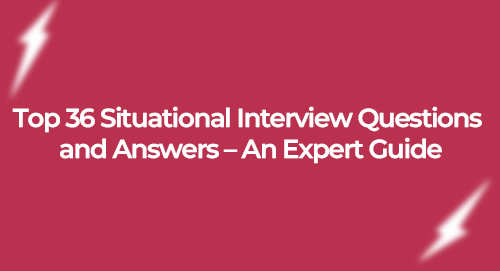Writing an Effective Resume: 13 Steps to Create a Well-Written CV
About 40% of hiring managers spend less than a minute reviewing a resume.
To stand out, you need a compelling document that highlights your skills and qualifications effectively.
In this guide, we'll explain how to write an effective resume for a job, covering everything you need to know.
Key Steps to Create a Well-Written Resume and CV
Here are the key steps to help you create a well-written Resume and CV.
-
Select the Best Resume and CV Format
The initial step in creating an effective resume is choosing the appropriate format. The three most common types of resumes and CVs are
-
Chronological
A chronological resume presents your work history in reverse chronological order, starting with your most recent job, which is ideal for individuals with a consistent work history.
-
Functional
Conversely, a functional resume highlights your skills and abilities rather than your employment timeline, making it suitable for those with employment gaps or career changers.
-
Combination Resumes
A combination resume incorporates elements of both formats, offering a flexible option that can be customized to fit your specific requirements.
-
Contact Information in Resume and CV
Make it easy for employers to contact you with your full name, phone number, and professional email at the top of your CV. Include a LinkedIn profile or personal website if relevant, and ensure all details are accurate and error-free.
-
Photo: Should You Include One in Your Resume and CV?
Including a professional photo on your CV is common in some countries, but in the UK, Canada, and the USA, it's legally prohibited for employers to request one. Check the job market norms in your target country to decide if adding a photo is suitable.
-
Emphasizing Your Educational Background in Resume and CV
Your educational background is a crucial component of your resume, especially if you are a recent graduate or have limited work experience.
You need to include points such as
- Degree and Major
- GPA (if impressive)
- Relevant Coursework
- Academic Achievements
- Extracurricular Activities
- Leadership Roles
- Projects Demonstrating Applicable Skills
-
Detailing Your Work Experience in Resume and CV
For those with work experience, this section is where you provide a detailed account of your employment history. List your jobs in reverse chronological order, like
- job title
- company name
- location
- dates of employment.
Under each position, include bullet points that describe your responsibilities and accomplishments. Use action verbs and quantify your achievements when possible.
For example: "Increased social media engagement by 30% through targeted campaigns" is more impactful than "Managed social media accounts."
-
Highlight Your Skills in Resume and CV
Create a dedicated skills section to showcase your technical and soft skills. Tailor this to the job description, ensuring you emphasize the most relevant skills.
-
Include Additional Relevant Sections in your Resume and CV
Depending on your background, consider adding sections for
- Volunteer work
- Publications
- Certifications
- Professional memberships.
These additional sections can provide a fuller picture of your qualifications and interests.
-
Utilize Dynamic Action Verbs in Resume and CV
ChatGPT
When detailing past achievements, use active verbs like "led," "managed," "created," "developed," "delivered," and "provided" to showcase your proactive approach and accomplishments effectively.
-
Keep It Concise and Focused in Your Resume and CV
Your CV should be concise and focused, typically no longer than one to two pages. Ensure that every section and bullet point serves a purpose and directly relates to the job you are applying for.
-
Complete any Employment Gaps in Your Resume and CV
Address any employment gaps directly in your CV to maintain transparency. Whether due to travel, maternity leave, or childcare, integrating these experiences demonstrates integrity. Being open like this helps employers trust you more, as they see the full story of what you've done.
-
Avoid Fabricating Information in Your Resume and CV
Your prospective employer can readily verify details of your education and employment. Don't be tempted to lie or make your skills seem bigger, because sooner or later they'll find out and you might lose the job.
-
Proofread and Edit Thoroughly Resume and CV
A CV free of errors reflects your attention to detail and professionalism. Carefully proofread your document to catch any spelling or grammatical mistakes. Consider asking a friend or mentor to review it as well, as they might spot errors you missed.
-
Customize Your Resume and CV for Each Application
Customize your CV for each job you apply to. Adapt your summary, skills, and work experience to match the job's requirements. Use keywords from the job description to make your CV more visible and relevant to employers.
Conclusion
To create a standout resume, gather your education, work experience, and skills, organize them clearly, and tailor them to the job. Proofread meticulously to ensure accuracy and maximize your chances of impressing employers and securing your desired job.
Template for Resume Writing













